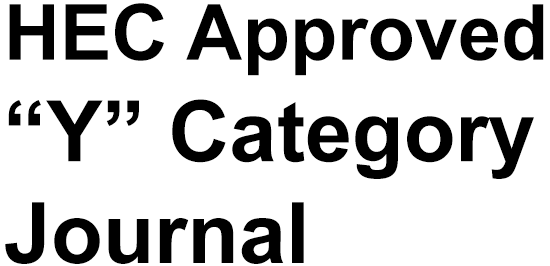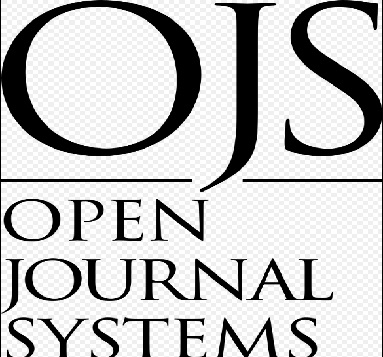Deconstructing Steve Jobs' Rhetoric: A Corpus-Linguistic and Neurolinguistic Programming Analysis of the 2005 Stanford Commencement Address
DOI:
https://doi.org/10.63056/ACAD.004.03.0841Keywords:
Steve Jobs' Rhetoric, Corpus-Linguistic, Neurolinguistic Programming, 2005 Stanford Commencement AddressAbstract
This study examines the techniques of persuasion in Steve Jobs Stanford Commencement Address (2005) with reference to Neuro-Linguistic Programming (NLP). The study, based on a corpus-driven framework in the form of AntConc, determines and classifies common linguistic structures comprising modal operators, universal quantifiers, nominalizations, predicates, and cause-and-effect structures in Milton’s NLP model. The analysis shows that Jobs used modal operators, including can and must, to envision agency and necessity; universal quantifiers, such as all and never, to generalize experience; and nominalizations, such as life, death, and success, to turn processes into eternal truths. The application of predicates to different sensory modalities also broadened the audience’s interest, and storytelling patterns incorporated persuasion into the living experience. Analyzed through the prism of the rhetorical triad of Aristotle and contemporary theories of persuasion, the discussion reveals that NLP categories provide an accurate way of looking at how Jobs created credibility, emotion, and reasoning. By illustrating the subtle yet effective persuasive techniques of NLP, this study emphasizes the applicability of NLP strategies to discourse analysis and highlights the commencement speech as a fertile domain of motivational communication.
Downloads
Published
Issue
Section
License
Copyright (c) 2025 Sikandar Seemab, Muhammad Zeeshan Iltaf, Imran Zarif (Author)

This work is licensed under a Creative Commons Attribution 4.0 International License.












